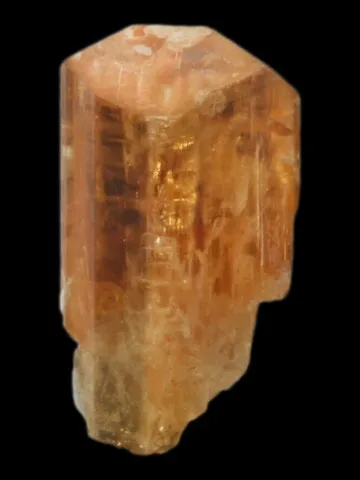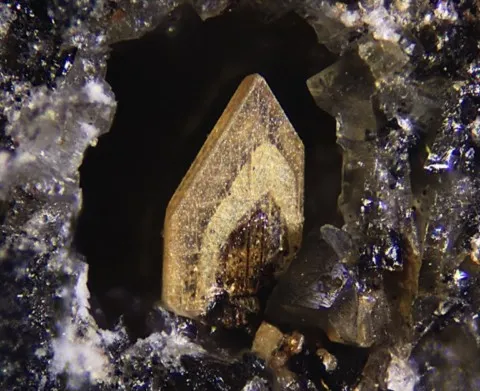WAGNERITE
Class : Phosphates, arsenates, vanadates
Subclass : Anhydrous Phosphates
Crystal system : Monoclinic
Chemistry : (Mg,Fe)2(PO4)F
Rarity : Uncommon to fairly common
Wagnerite is a double phosphate of iron and magnesium found in medium to steep grade metamorphic rocks ; it is rare in pegmatites. It frequently contains traces of Fe2+ and calcium in place of magnesium. It was named in honor of F. M. von Wagner, a mining manager in Munich. Wagnerite forms vertically striated prismatic crystals, often with complex shapes (over 30 forms recorded), as well as granular masses. It is usually yellow to yellow-brown in color, but can take on a variety of colors (gray, pale green, flesh pink to brick red).
Main photo : Wagnerite from Höllgraben, Werfen, Salzburg, Austria © Rock Currier
Wagnerite in the World
Twinning
No twinning known for this mineral species.
Fakes and treatments
No fakes listed for this mineral species.
Hardness : 5 to 5.5
Density : 3.15
Fracture : Conchoidal to sub-conchoidal
Streak : White
TP : Translucent to transparent
RI : 1.568 to 1.582
Birefringence : 0.046
Optical character : Biaxial +
Pleochroism : None
Fluorescence : None
Solubility : Acids
Magnetism : NoneRadioactivity : None


